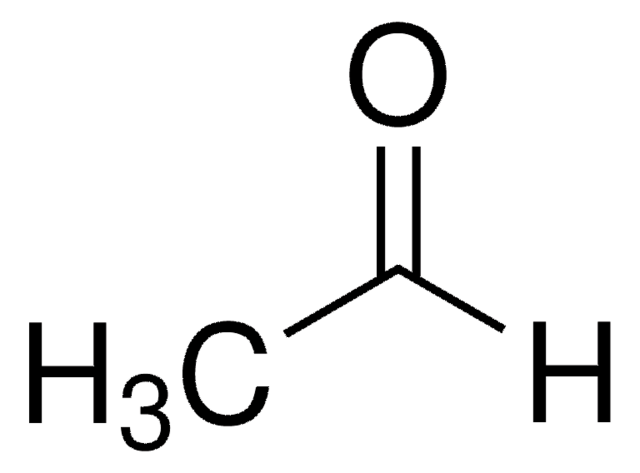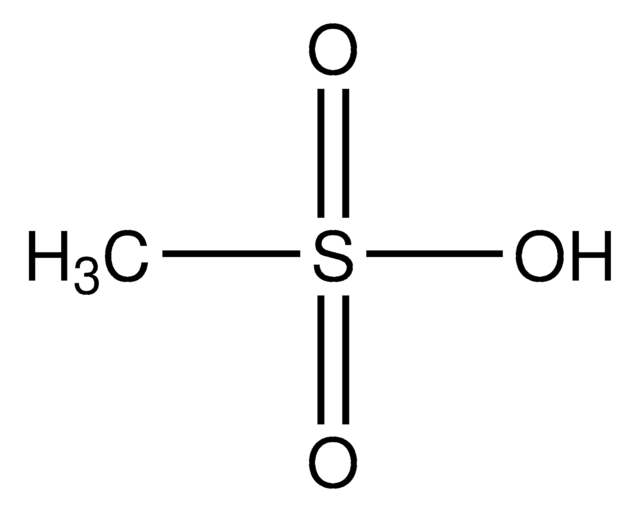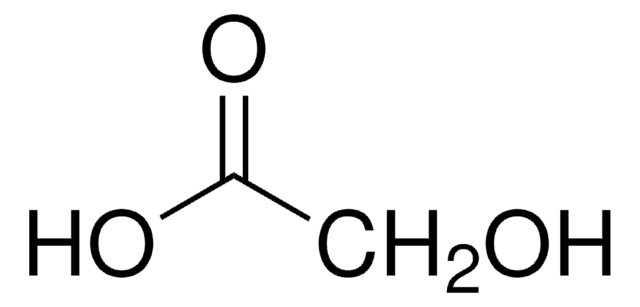M5909
IgM Isotype Control from murine myeloma
clone MOPC 104E, 200 μg/mL, buffered aqueous solution, purified immunoglobulin
Synonym(s):
Mouse IgM Isotype Control from myeloma
About This Item
Recommended Products
biological source
mouse
Quality Level
conjugate
unconjugated
antibody form
purified immunoglobulin
clone
MOPC 104E, monoclonal
form
buffered aqueous solution
concentration
200 μg/mL
technique(s)
flow cytometry: suitable
isotype
IgMλ
shipped in
wet ice
1 of 4
This Item | 471348 | 124737 | 798053 |
|---|---|---|---|
| Quality Level 100 | Quality Level 200 | Quality Level 200 | Quality Level 100 |
| density 1.076 g/mL at 20 °C | density 1.319 g/mL at 25 °C | density (1,26 g/cm3 at 20 °C - OECD Test Guideline 109) | density - |
| refractive index n20/D 1.389 | refractive index n20/D 1.416 | refractive index - | refractive index - |
| contains ~0.5% phosphoric acid as stabilizer | contains - | contains - | contains - |
| concentration ~70% in H2O | concentration 70 wt. % in H2O | concentration - | concentration - |
| functional group hydroxyl | functional group sulfonic acid | functional group carboxylic acid, hydroxyl | functional group carboxylic acid, hydroxyl |
General description
Application
Principle
Sigma Mouse Isotype Controls are supplied to match the concentration of Sigma purified and/or conjugated monoclonal antibodies to CD antigens. DUAL-TAG controls contain 100 μg of each conjugate.
Physical form
Disclaimer
Storage Class
12 - Non Combustible Liquids
wgk_germany
WGK 1
flash_point_f
Not applicable
flash_point_c
Not applicable
Choose from one of the most recent versions:
Already Own This Product?
Find documentation for the products that you have recently purchased in the Document Library.
Customers Also Viewed
Protocols
-Tolualdehyde; Valeraldehyde; Isovaleraldehyde
Separation of Acetone; Acetic acid; Propionic acid; Ethyl butyrate; Ethanol; Isoamyl acetate; Isobutyric acid; 3-Methyl-2-butanol; Methyl acetate; 1-Propanol; Acetal, ≥98%, FG; 2-Methyl-1-pentanol; Butyl acetate; Ethyl propionate; 3-Pentanol; 2-Pentanol, 98%; Ethyl isobutyrate; Isobutyl acetate; Acetaldehyde; Furfural; Butyric acid; Methanol; Ethyl acetate
Our team of scientists has experience in all areas of research including Life Science, Material Science, Chemical Synthesis, Chromatography, Analytical and many others.
Contact Technical Service







